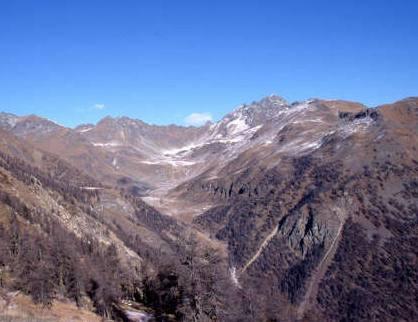An interesting study conference on the future of ski resorts and the resorts of the future was held on Friday 3 February at La Thuile, under the aegis of the Skilift Company of the Little St Bernard Pass and its director, Roberto Stella. Luigi Gaido, the scientific director of the conference, introduced the session and made a number of comments. Tourism in the Alps is in a situation of latent difficulty, with a decline in visitors especially in the summer, and with no possibility that the winter season can reverse this trend, as the number of skiers and use of ski areas are already at saturation point.
Because the resorts throughout the Alps are in competition with one another, it was the speaker’s contention that the key to the problem lies in communication, in how the tourist facilities at the various resorts are advertised (naturally referring to products of equal merit).
And on the theme of how to advertise what is on offer, Stefano Soliano illustrated the new media: thematic guides on flash cards (at low cost) for the new generation mobile phones, videos to download from Internet for I-pod videos, and lastly the new “snow-map systemâ€, a system for surfing on three-dimensional maps of ski resorts, which will be available from next week on the web site of La Thuile, the first ski area in Italy to have this facility.
Andrea Farinet, a lecturer at the Bocconi University, identified a new segment of the market in the growing demand for non-sporting holidays on the part of older tourists wanting to escape the pollution and stress of city life. Thus the interesting idea of the “valley of wellbeingâ€, which the speaker took to perhaps debatable lengths with his proposal to channel investment towards luxury facilities for the seriously rich, rather than making the natural resources and healthy activities of the mountains accessible to all at low cost.
Pascal Mao described the French experience, which is of great interest. In the 80s, a number of “ski total†resorts were opened in France: today, they have to face up to the decline in demand and prepare for a “sustainable de-growthâ€. Some of the remedies suggested by the speaker are differentiation between and specialisation of resorts, the conversion of existing facilities, and the restoration of cultural identities.
The conference also touched on the problems of urbanisation of resorts which have grown from nothing, and Alpine architecture, an aspect by no means negligible in many resorts.
This was an interesting conference, full of food for thought, with discussion not only of development but also of “de-growth†as a possible evolution in the economy of mountain resorts.
by Oriana Pecchio



